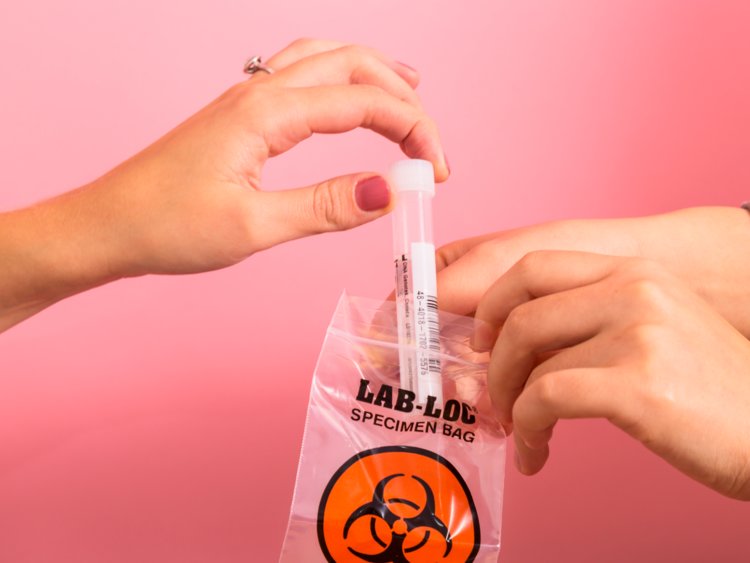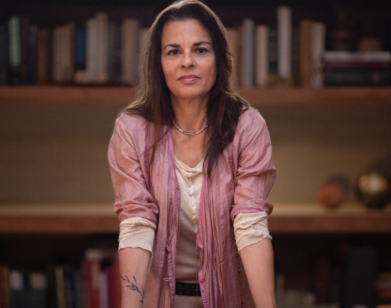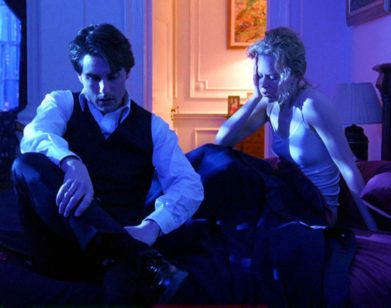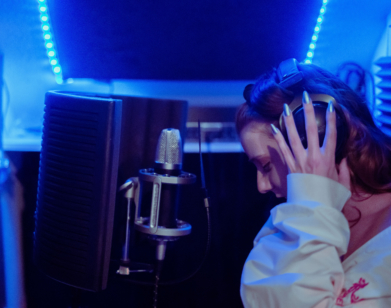Swabbing for Love in a Laboratory of Genetic Attraction

If you think it’s daunting to walk the streets of New York City on Valentine’s Day as a single person — or ride the subway or venture into a dimly-lit restaurant — then try attending a genetic testing workshop. Particularly one that promises to analyze your genome for compatibility, romance, and “chemistry.” The workshop, billed as “Swabbing Cheek to Cheek: Inside Personal Genetic Testing for Romance,” was a class offering to look at our “love gene,” or Oxytocin, in order to determine our “love style.” Held at Genspace, a non-profit community biology lab in South Slope, Brooklyn, the event promised wine, heart-shaped pretzels, and Godiva chocolates for a small group of New Yorkers (discounted for couples) looking for intimacy via tube-spitting and discussions about the ethical quandaries of genetic testing.
To my surprise, and delight, there was only one couple gathered among the group, gathered on a frozen Thursday evening this past week. Upon arrival at the lab, housed in a modernist wood-paneled building amidst the warehouses and bodegas of deep Brooklyn, I was greeted with a Q-tip and a small tube of saline solution. As instructed, we swabbed our cheeks up and down for roughly 30 seconds, before dunking them in the solution and setting them atop a neon pink tray. The next step, which involved placing our tubes in a machine that would whiz as it extracted our DNA, needed to be done in pairs, so I somewhat anxiously awaited the arrival of the next person. I was acutely aware of status as a single person.
As we sipped on wine, the guest lecturer guided us through a PowerPoint presentation on the ethical debate surrounding genetic testing and where the science on compatibility stands today. (The short answer: not very far.) Looking at several “social science instruments,” including that infamous Smelly T-Shirt Study, we determined that most attempts to penetrate the nebulous cloud of interpersonal allure are shoddy at best. Among the attendees was a researcher of “junk DNA” who begrudgingly moaned that his partner was “supposed to be here, though maybe we don’t need a test.” (His partner did arrive, albeit 30 minutes late, denying him the opportunity to spit into a tube.) The comment paired well with the ultimate findings of the night, and the central tenet of Valentine’s Day: Love is maddening, difficult, and, despite many, many attempts to get at the heart of what it’s about, fundamentally unknowable. After two hours of lengthy discussions, the question of attraction remains, if this is possible, more nebulous to me than before.
Unlike 23andMe, Ancestry, and their ilk, Genspace does not collect user data, extracting information from our precious spit for profit. And unlike apps like Pheramor, our experiment did not claim to help us arrive at some scientifically selected “perfect match,” based on a Fiddler on the Roof -esque matchmaking of As, Ts, Gs, and Cs. Rather, our experiment looked solely at Oxytocin to determine whether a person is more “cuddly” or “stress-prone.” Though the two didn’t seem to me to operate on a binary scale (I can confidently say based on anecdotal evidence that high stress levels induce more desire to enwrap oneself in the body of another), this is what the vastness of the human genome was being reduced to in the name of love.
And so, after much pipetting, blue-glove smacking, vibrating, and boiling our biochemical makeup with a tea kettle, we finally gathered around a monolithic machine emanating blue light. I felt my cortisol response kicking in, fearing quite ironically that my “stressy” tendencies would be publicly exposed once and for all. But a more inexplicable result was announced: All of us in the class were found to be “cuddly.” I was assured, at least according to the principles of genetics, that I, like most humans, am hard-wired for love and connection. I returned to the tables to pour myself another cup of Bordeaux and stared into my test tube. It stared right back.





